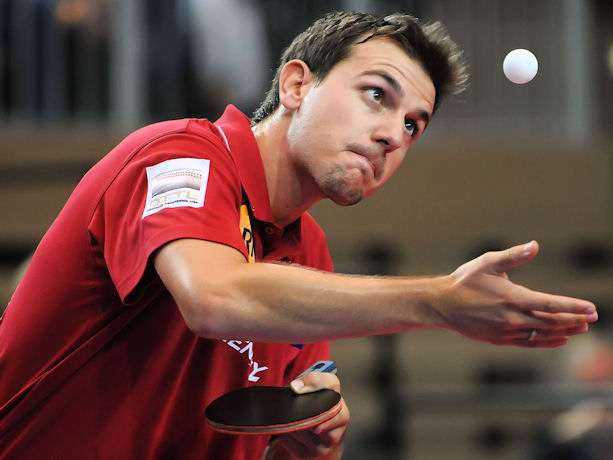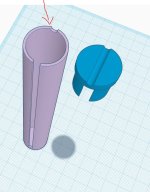says
Check out my Podcast Talkin' Smash!
says
Check out my Podcast Talkin' Smash!
TeamJOOLA
When you get in a tight spot (i.e serving 9-9 in the 5th or 9-10 down), what's the set play that always gets you through? 

Photo: Epicax @ Deviant Art

Photo: Epicax @ Deviant Art
Last edited:












